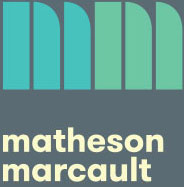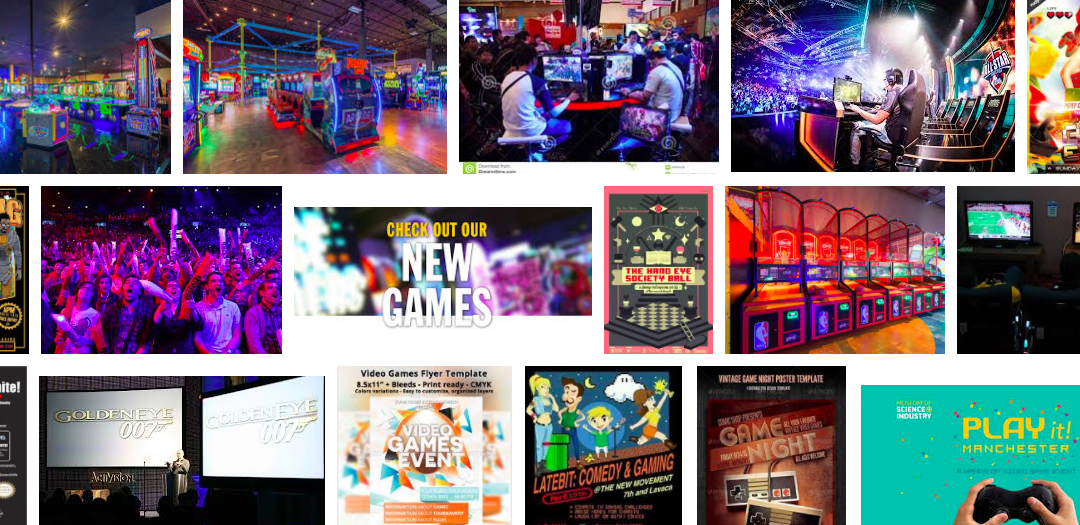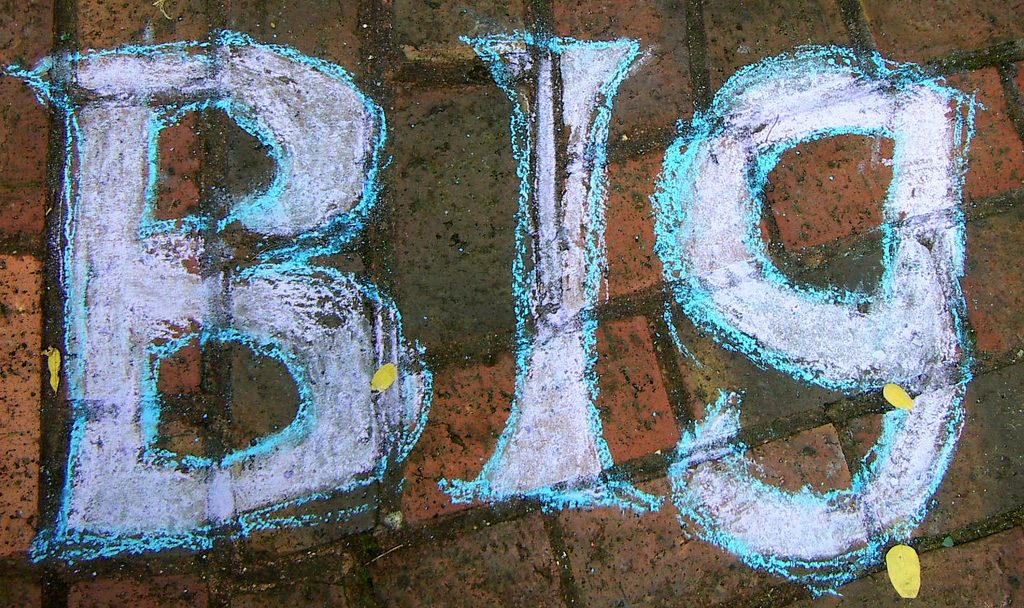Next week Sophie is back in Japan for the second part of the Playable City Residency.
The Playable City programme has been leading investigations of how to deepen people’s engagement with their cities since 2012. Artists in the programme have developed many novel ways of interacting with the city: giving street furniture a voice, showing people traces of the others who have crossed their paths, giving people a framework to interact with strangers and the night sky.
I wanted to pull some focus onto the city itself, and interrogate the effect particular places have on play. Use action research to explore how people respond in different surroundings, and which invitations people respond to most strongly, as part of building a practical methodology for siting playful installations. So I’m using one of the simplest and most universal childhood games KenKenPa (a hopscotch analogue), to test some things out with the citizens of Tokyo.
Relaxing into deep play requires being comfortable enough to be vulnerable. It helps to be with other people who can re-inforce your decision to play. It requires people to be in a space they feel is for them in some way. Observing them make those decisions in real time, on the streets, reveals so much about how they feel in different spaces.
Taking play out onto the open streets has benefits for the overall life of the city. It draws people together, changes the ballet of street life in positive ways, and serves those who would not decide to travel somewhere just to play.
I’m looking forward to trying things out on the street and getting some results.



